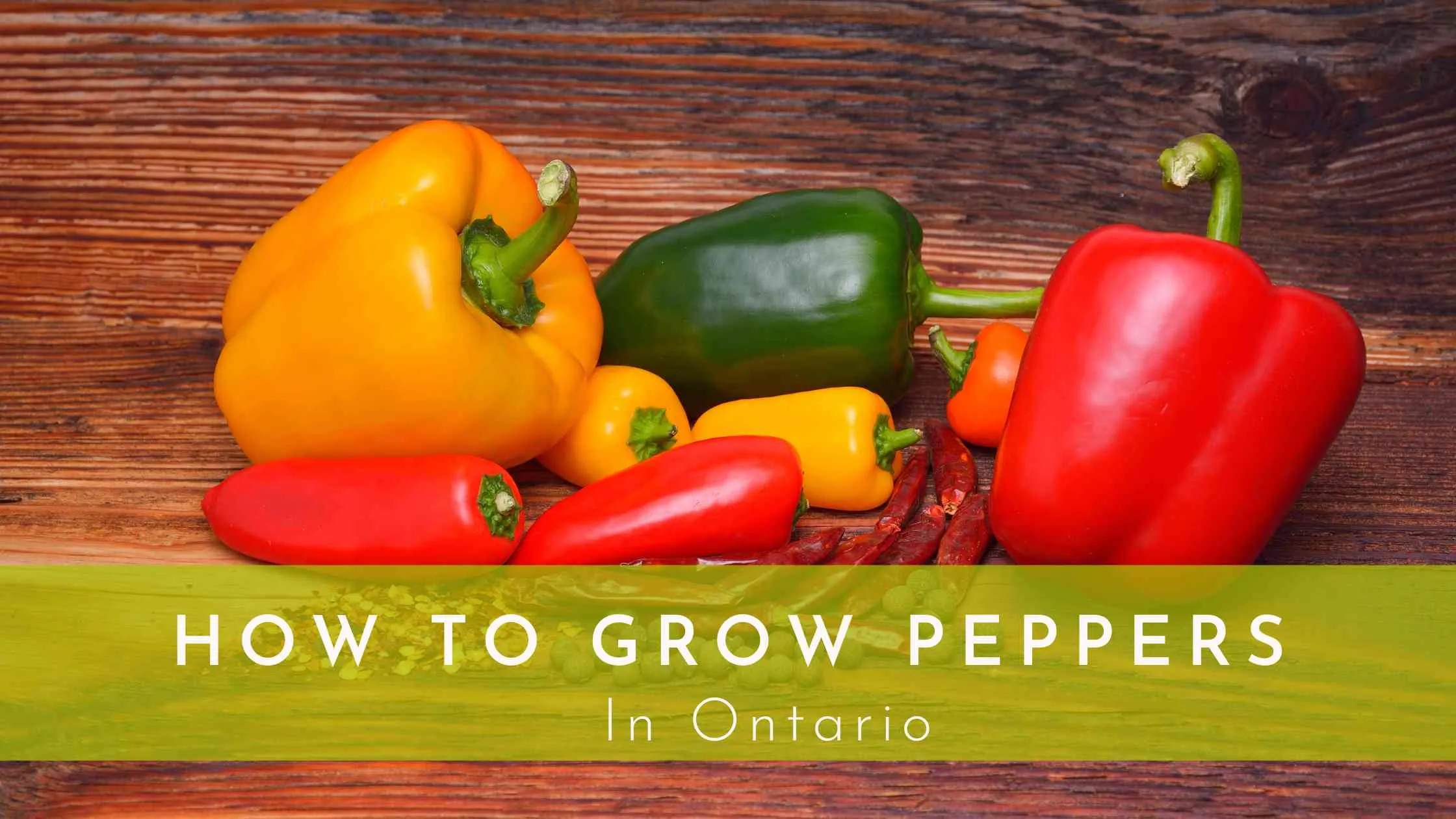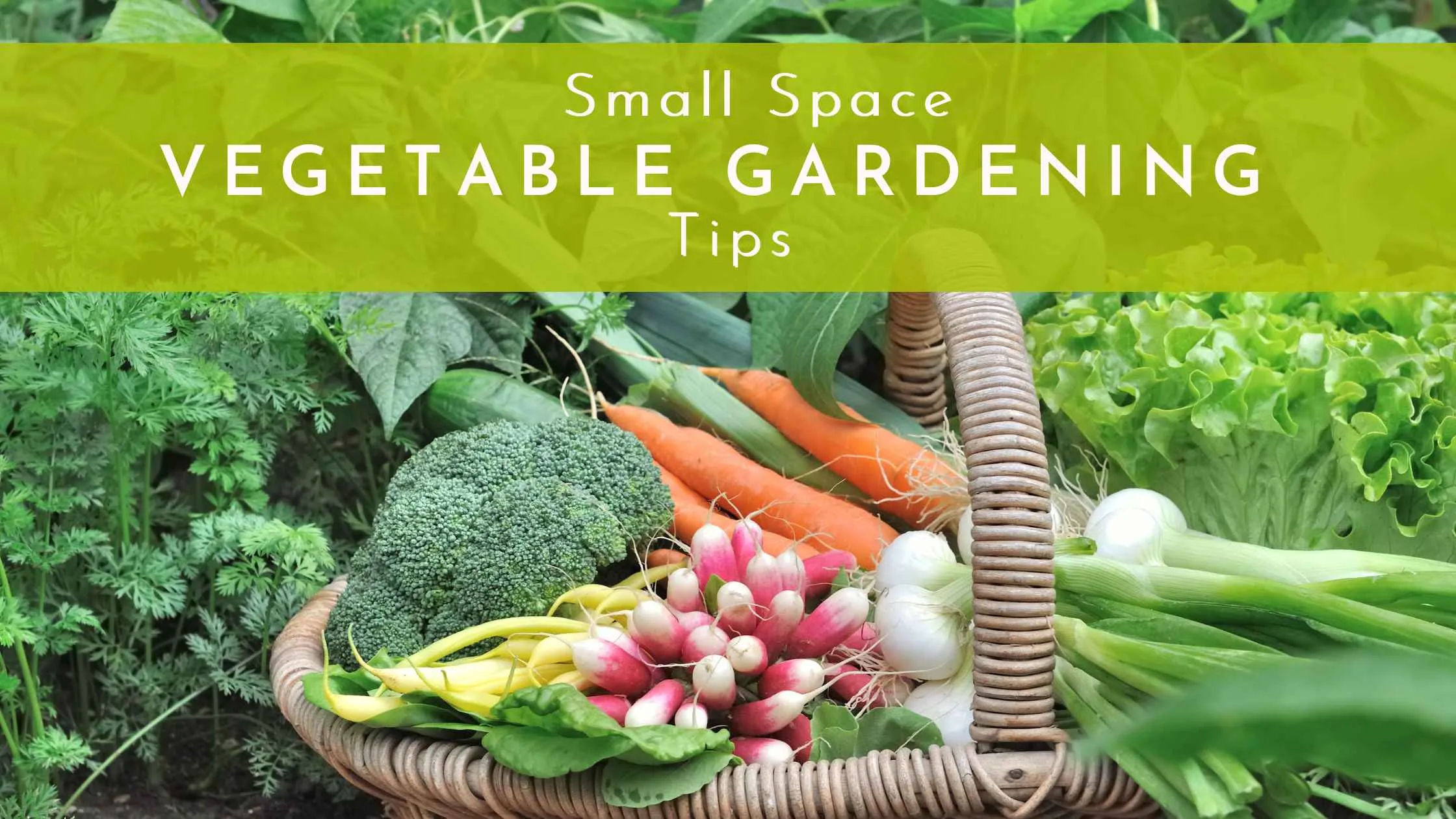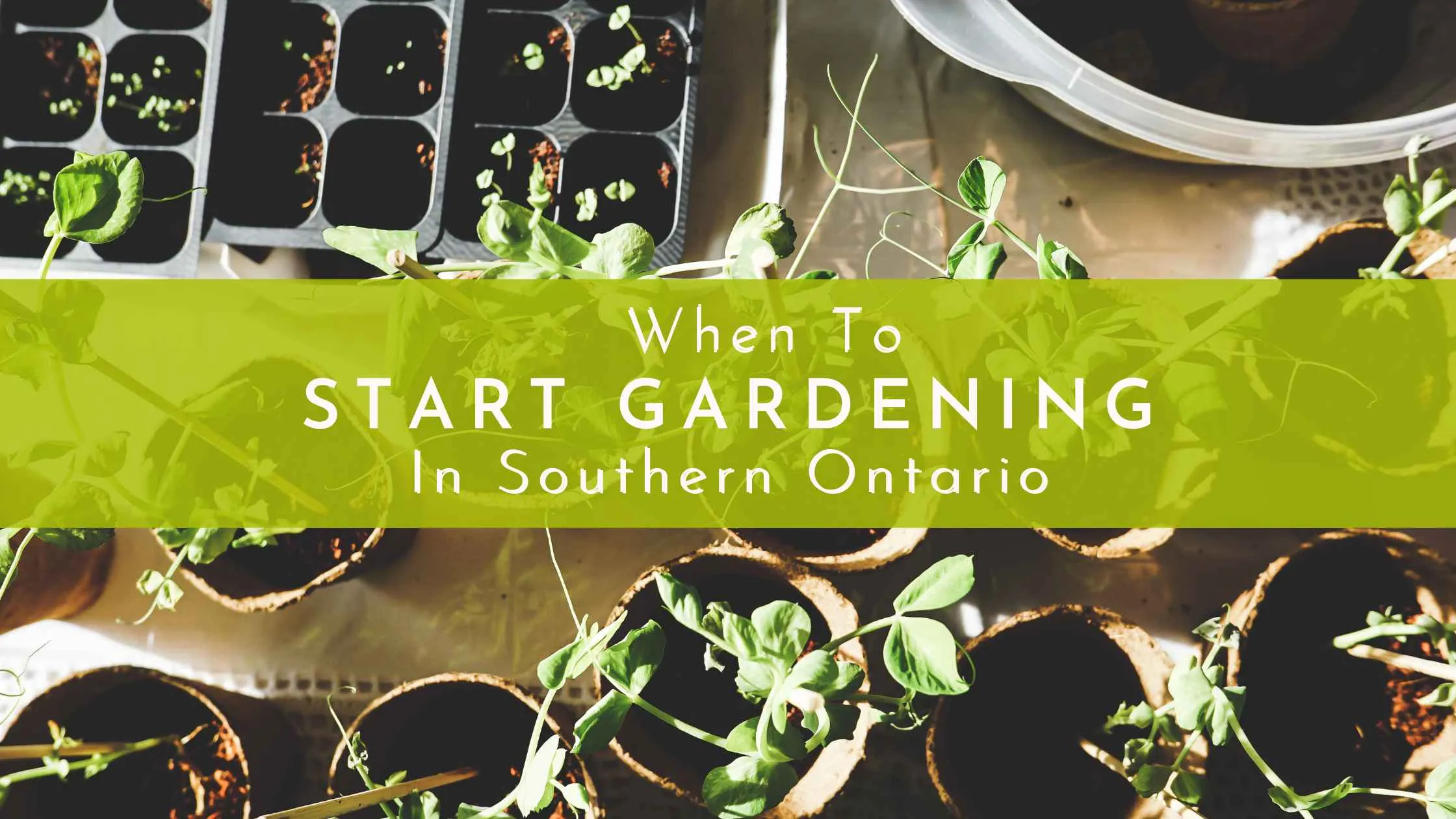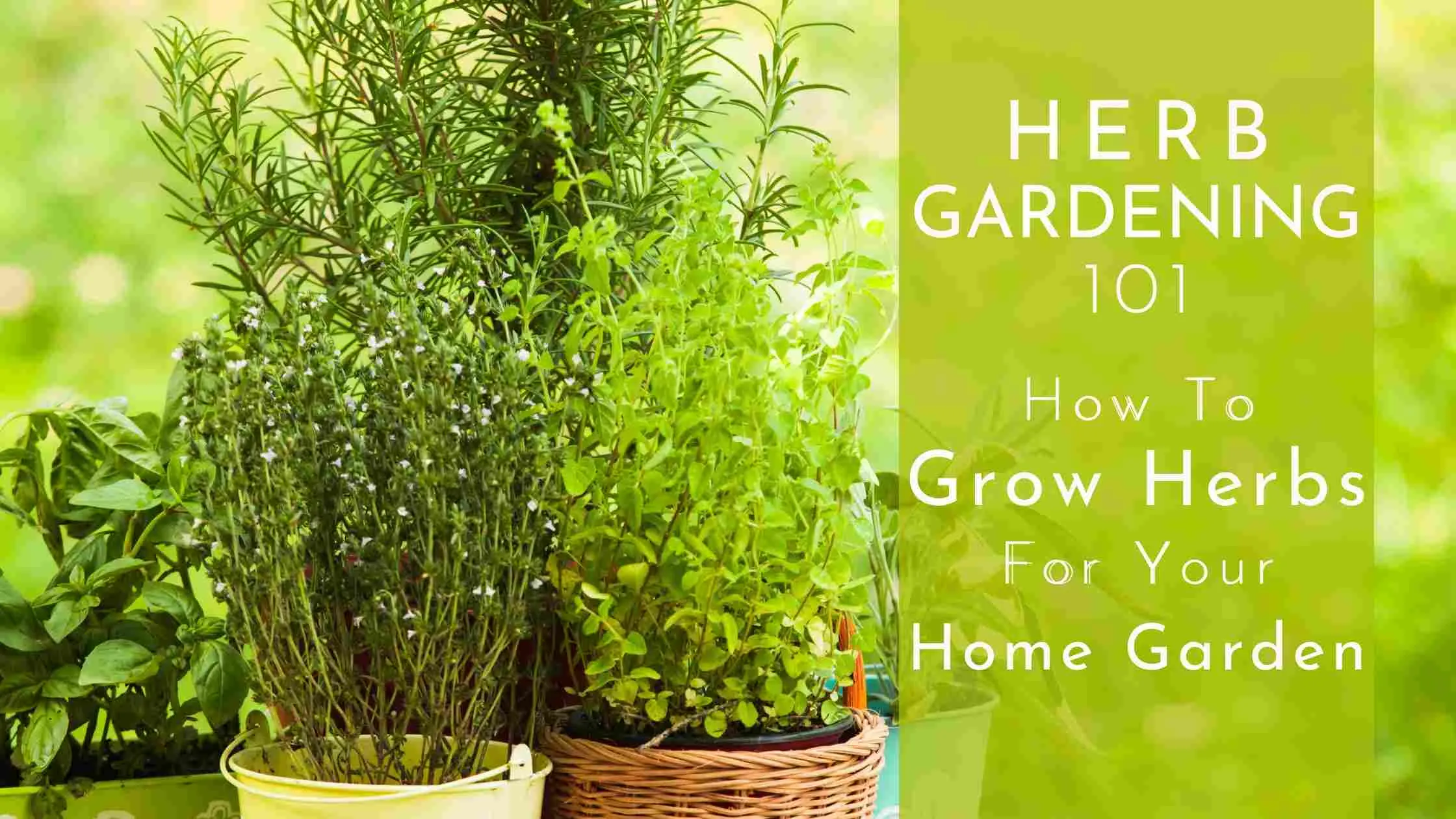Fall Garden Preparation for Your Vegetable Garden
As the warm days of summer transition into the crisp air of autumn, it's time for you to shift your focus from harvesting to preparing your vegetable gardens for the upcoming winter. Your role in fall garden preparation is crucial for maintaining a healthy and productive garden year after year. By taking the time to properly prepare your garden in the fall, you ensure that your soil remains rich and fertile, pests and diseases are kept at bay, and your garden is ready to burst into life come spring.

In this guide, we'll dive deep into organic and eco-friendly methods tailored to kitchen gardening in raised beds. Whether you're a seasoned gardener or just getting started, this comprehensive guide will equip you with the knowledge and tools to make your fall garden preparation a success.
1. Clean Up and Clear Out the Garden
Fall is the perfect time to clean up and clear out your raised beds, setting the stage for a healthier and more productive garden next year. Leftover plant debris can harbor pests and diseases, wreaking havoc on your garden if not properly managed.
Remove Spent Plants and Weeds
Start by removing any spent vegetable plants, including roots, from your raised beds. These plants, especially diseased or infested with pests, can continue to harbor problems if left in the soil over winter. It's best to remove them completely rather than compost them, especially if you're unsure of their health.
Compost Organic Matter
Healthy plant material, such as leaves or stems from disease-free plants, can be composted. Add fallen leaves to your compost pile if you have deciduous trees nearby. These leaves are rich in carbon, which is essential for balanced compost. Chopping them up before composting can speed up the decomposition process.

Weed Control
Weeds tend to set seed in the fall, so removing them before they spread is crucial. Pull out weeds by their roots, ensuring they won't return in the spring. Raised beds can make this task easier since the soil is looser and easier to work with.
2. Soil Preparation and Fertilization
Healthy soil is the foundation of a successful vegetable garden. Fall is an excellent time to enrich your raised bed soil with organic materials that will break down over the winter, providing a nutrient-rich environment for your spring crops.
Add Organic Compost or Well-Aged Manure
After clearing out your raised beds, it's time to improve the soil. Spread a layer of organic compost or well-aged manure over the surface of your raised beds. This adds essential nutrients to the soil, improves structure, and enhances moisture retention. Composting in place—where you layer compost materials directly onto your garden bed—can also effectively enrich your soil over winter.
Test and Adjust Soil pH
Vegetable plants thrive in slightly acidic to neutral soil (pH 6.0-7.0). Fall is an ideal time to test your soil's pH and make any necessary adjustments. If your soil is too acidic, add lime to raise the pH. Conversely, you can add sulfur to your soil to lower the pH if it is too alkaline. Since these amendments take time to work into the soil, fall is the perfect season to apply them.
Cover and Protect the Soil
After adding organic matter, protect your soil from winter erosion and nutrient depletion by covering it. We'll discuss this further in the next section.
3. Mulch and Cover Crops
Mulching and planting cover crops are not just tasks, they are essential practices that can protect and enrich your raised bed soil during the colder months. These practices safeguard the soil and help prevent weeds from taking over your garden, setting the stage for a vibrant and productive garden in the coming year.
Apply Organic Mulch
Mulching your raised beds in the fall is crucial to preserving soil moisture and protecting the soil from winter weather. Organic mulches, such as straw, shredded leaves, or wood chips, work well. Spread a thick layer of mulch (about 3-4 inches) over your raised beds to insulate the soil and reduce erosion. Mulch also helps suppress weeds and adds organic matter to the soil as it breaks down over time.
Plant Cover Crops
Cover crops, also known as green manure, are another excellent way to protect and nourish your soil. Popular choices for vegetable gardens include clover, rye, and vetch. These plants help prevent soil erosion, improve soil structure, and add nutrients back into the soil. In early spring, you can simply till the cover crops into the soil, providing an organic boost of nitrogen and other essential nutrients.
For raised beds, planting cover crops can be particularly beneficial as it ensures that the soil remains active and healthy during the off-season. Choose cover crops that are easy to manage and suitable for your climate. They are a fantastic, natural way to maintain soil health without synthetic fertilizers.
4. Pruning and Perennial Care
Taking care of your perennials and other long-term plants in the fall is essential for their health and productivity in the coming year. In raised bed vegetable gardens, perennial herbs or certain types of vegetables like asparagus or rhubarb need special attention.
Cut Back Perennials
If you have perennial herbs or vegetables, fall is the time to cut them back to encourage healthy growth in the spring. Prune back any dead or diseased branches, and remove spent flowers and foliage. Be sure to clean your pruning tools before and after use to avoid spreading diseases.
Divide and Transplant Perennials
Fall is also the perfect time to divide and transplant perennial vegetables and herbs. This practice rejuvenates older plants and allows you to propagate new plants for next season. For example, if your chive or rhubarb plants have become overcrowded, divide them and transplant the sections into new areas of your raised beds.
Pruning Fruit Trees and Shrubs
If your raised beds are part of a larger garden that includes fruit trees or berry bushes, fall is the time to prune these as well. Proper pruning helps improve air circulation, reduces the risk of disease, and encourages better fruit production in the following season.

5. Plan for Spring: Winter Garden Planning
Though your garden may be winding down for the year, fall is the ideal time to start planning for next spring. Effective planning will save you time and ensure a successful growing season.
Review Garden Layout and Crop Rotation
Take stock of what worked and what didn’t this year. Implement crop rotation to prevent soil depletion and reduce pest and disease pressure. For example, if you grew tomatoes in one bed this year, plan to plant a different crop, like lettuce or carrots, in that bed next year.
Plan Your Planting Schedule
Consider what vegetables you want to grow next year and start planning your planting schedule. Research the best planting times for your chosen crops and create a timeline. You can even start ordering seeds now, so you’re ready to go when spring arrives.
Organize and Clean Garden Tools
Before storing your tools for the winter, clean them well. Remove any dirt or rust, and oil the metal parts to prevent corrosion. Properly maintaining your tools will ensure they’re in top shape for next season. Store them in a dry, protected area to prevent damage from moisture.
6. Protecting Plants and Garden Structures
As the temperature drops, it’s important to protect your late-season crops and garden structures from the harsh winter weather.
Set Up Cold Frames or Row Covers
Cold frames and row covers are great tools for extending your growing season into the colder months. These structures trap heat and protect plants from frost, allowing you to grow cool-season vegetables like spinach, kale, and lettuce well into the fall and even winter. If you're using raised beds, cold frames can be easily positioned on top of the beds for added warmth.
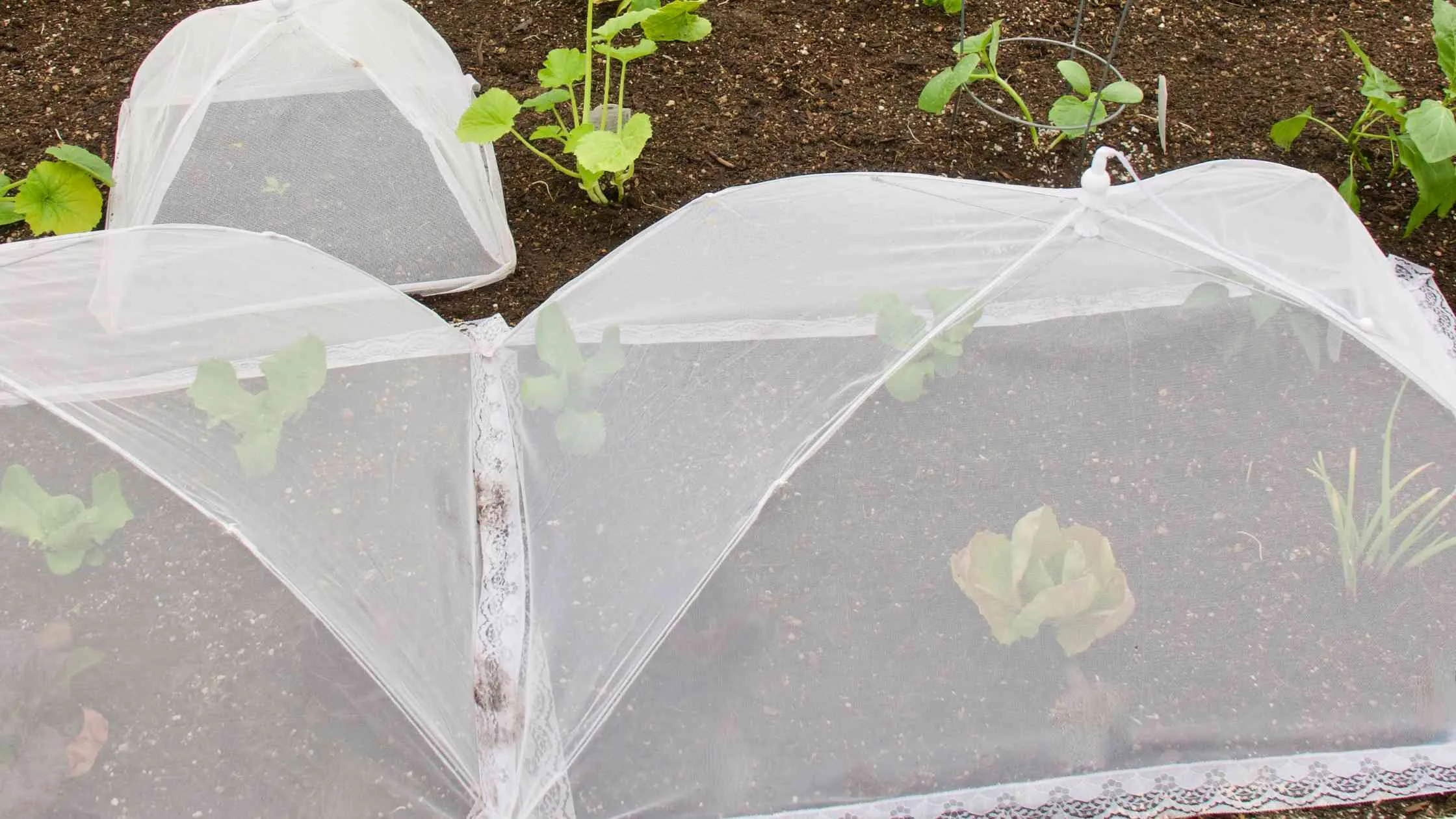
Insulate Raised Beds
Raised beds are more exposed to the elements than in-ground gardens, which means they can lose heat and freeze more quickly. To prevent your soil from freezing, consider insulating your raised beds with materials like straw bales or thick layers of mulch around the sides. This simple step can help protect the roots of any perennial plants still in the beds and keep the soil in good condition for spring planting.
Protecting Garden Structures
If your raised beds are made from wood, consider protecting the wood from moisture damage by adding a protective layer, like a natural wood sealant. This will help prolong the life of your raised beds and prevent rotting. Additionally, ensure any trellises, hoops, or other structures are secured and protected from winter weather.
7. Eco-Friendly Tips for Fall Gardening
Sustainability should be at the heart of every gardening practice, and fall is no exception. By incorporating eco-friendly methods into your fall garden preparation, you protect the environment and enhance your garden's health.
Use Recycled and Sustainable Materials
Opt for recycled or sustainable materials when mulching or protecting your raised beds. For example, use cardboard, newspaper, or old blankets as weed barriers under mulch. These materials are biodegradable and help reduce waste.
Collect Rainwater for Winter and Spring Use
Fall is an excellent time to set up rain barrels or other water collection systems. Collecting rainwater now ensures you have a sustainable water source for your garden in the dry months ahead. Raised beds often need more water due to their well-drained nature, so having a supply of rainwater can be particularly beneficial.
Compost Kitchen Scraps
Continue composting through the fall and winter by adding kitchen scraps to your compost pile. Even in colder weather, composting will continue, albeit at a slower pace. You’ll have nutrient-rich compost ready to add to your raised beds by spring.
Plant Trees or Shrubs
Fall is a great time to plant trees and shrubs, which can help create a windbreak or provide shade for your garden in the future. If space allows, consider planting native species that are well-suited to your area and beneficial to local wildlife.
Conclusion
Fall garden preparation is a crucial step in maintaining a thriving raised-bed vegetable garden. By cleaning up your beds, enriching the soil, protecting plants, and planning for the future, you set the stage for a bountiful harvest next season. Emphasize organic and sustainable methods to ensure your garden remains healthy, environmentally friendly, and productive.
With these fall gardening tips, your garden will be well-prepared to weather the winter and come back even stronger in the spring. So grab your gardening gloves and start your fall garden prep today—your future self (and garden) will thank you!

